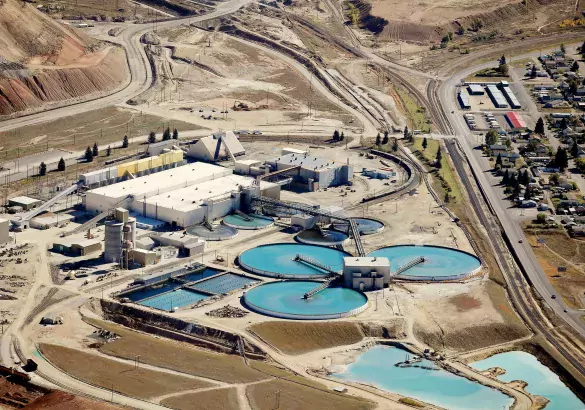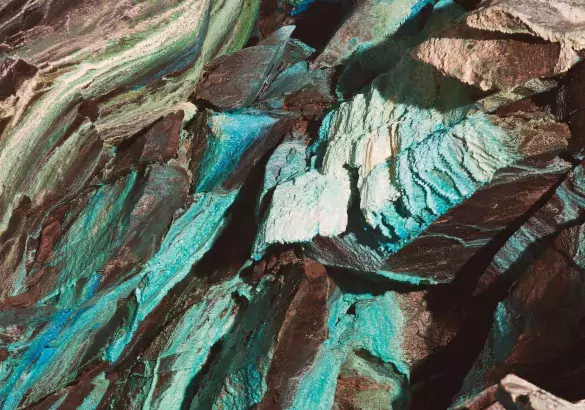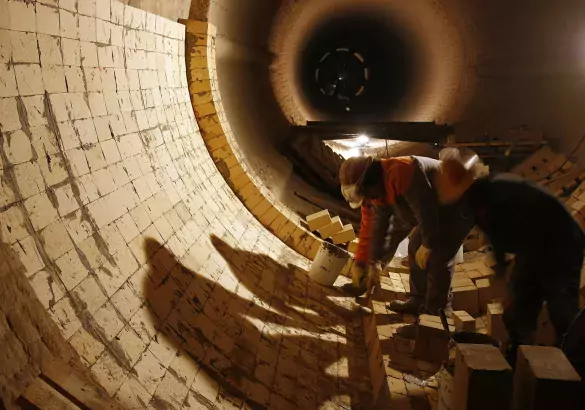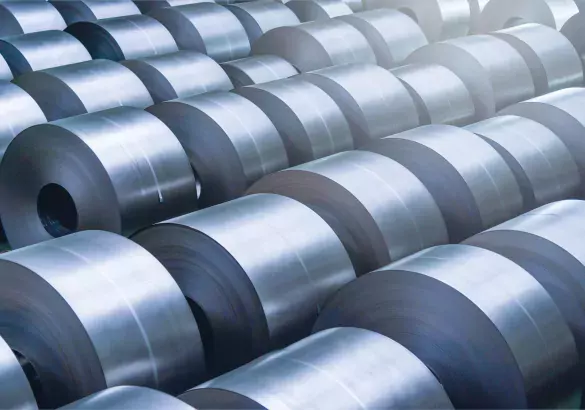Additional environment applications of lime
Contaminated soil treatment
Soils become contaminated in the presence of high concentrations of organic and inorganic compounds, typically arising from the rupture of underground storage tanks, application of pesticides, oil and fuel dumping, leaching of waste from landfills, or direct discharge of industrial wastes to the soil. The most common chemicals found are petroleum hydrocarbons, solvents, pesticides, lead and other heavy metals. Concerns about soil contamination primarily relate to potential health risks, both from direct contact and the secondary contamination of water supplies.
Clean-up of contaminated soil involves a variety of techniques, ranging from simple biological processes to advanced engineering technologies. Elimination processes may be based on the specific contaminant (or contaminant class) and site. Lime-based reagents have several benefits for treating target contaminants in polluted soils.

Acid mine drainage
The bio-catalyzed oxidation of pyrite generally causes acid mine drainage. This occurs when pyrite-containing rock is exposed to water and oxygen from the air. The oxidation of pyrite generates sulphuric acid and can dissolve a range of toxic metals that have the potential to pollute groundwater, rivers, lakes, and oceans. Lime is a key reagent used in remediating such scenarios. Lhoist has experience in treating lakes, active mine sites as well as abandoned mine sites.

Pulp and paper water circuits
Lime is used in multiple applications in the pulp and paper manufacturing industry, including optimization of water circuits. Recycled paper and board are produced from recovered wastepaper. Wastepaper contains sizing agents, glues, printing ink and other impurities that pose challenges to the paper production process. The impurities contained in wastepaper contribute to microbial growth, causing biofouling and noxious odours. Lime is used as a pH control agent to optimize the use of biocides for the control of microbial growth.










